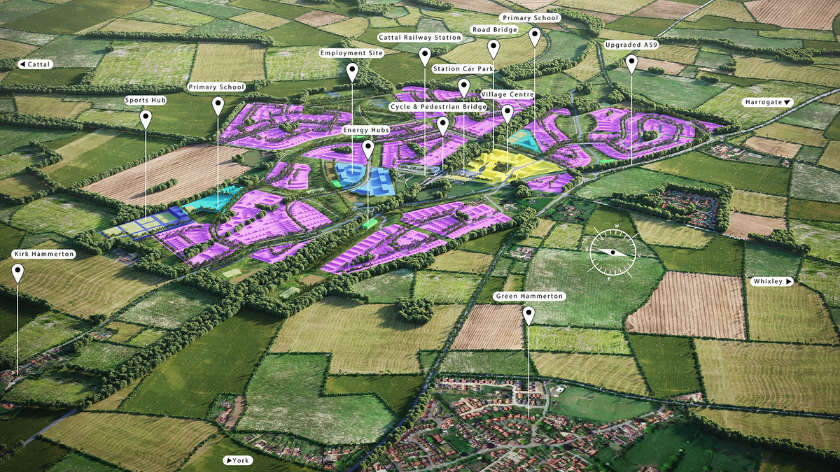
Building new towns and villages in North Yorkshire is the only way the county will hit its new housing targets, senior councillors say.
The comments were made as members of North Yorkshire Council’s executive committee gave their approval to a development plan document (DPD) which sets out the framework for the proposed Maltkiln village.
Plans for the new settlement, which would be centred around Cattal railway station, between York and Harrogate, will next be debated by the authority’s full council next month.
Councillor Mark Crane, executive member for open to business, said he was very supportive of new settlements.
“They are the only way long-term that we will deliver the housing numbers that we need, and they take some of the pressure off villages and towns.
“I just want to remind all members both in the room and on the council that these things will not happen overnight.
“Another Maltkiln will not happen for many, many years to come. This Maltkiln hasn’t happened yet.
“We’ve still got some opposition to it from some parties, but I believe it’s a good site and will deliver much-needed housing to North Yorkshire.”
Executive member for housing, Councillor Simon Myers also backed the development.
He added:
“It’s always been my view that one of the only ways that we can meet the requirements of North Yorkshire and new housing in the future is to look at new settlements.
“Planning becomes a contentious issue, particularly when we are continually building on to existing settlements with limited infrastructure, and limited room for improvement of things like highways and services.
“So the idea that we can, as they as they did in the 18th century, as they did in the 19th century, as they did in the in the Post-War years, create new settlements that are purpose-built for contemporary living with the services built in there, is really the way forward.
“And it’s a great regret that everything takes so long because the problem for North Yorkshire now is, whether we like it or not and most of us don’t like it, the new housing targets that the government has given us of 4,200 houses a year.”
Areas for employment and education are planned, as well as health, shops and community services.
The original scheme was for 4,000 new homes, but this was reduced to ‘at least 3,000’ after a landowner pulled out.



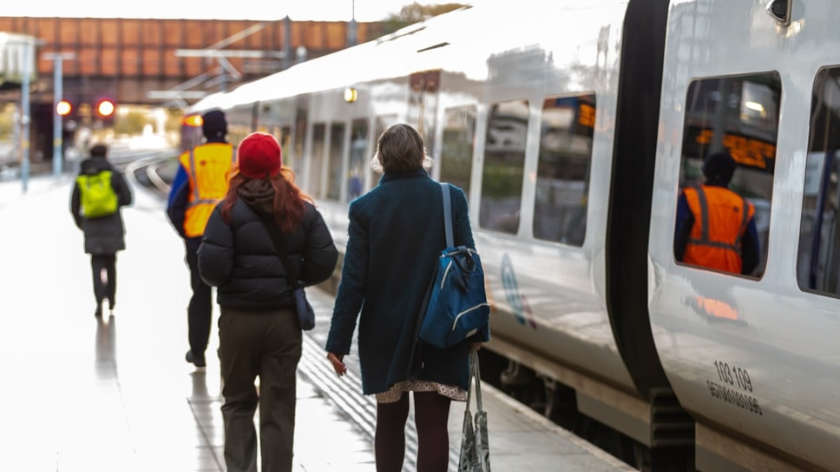 Northern sees record demand with over 8 million journeys in a month
Northern sees record demand with over 8 million journeys in a month
 Rugby legend signs memorabilia for Harrogate charity
Rugby legend signs memorabilia for Harrogate charity
 North Yorkshire Police to launch roadside eye test for drivers
North Yorkshire Police to launch roadside eye test for drivers
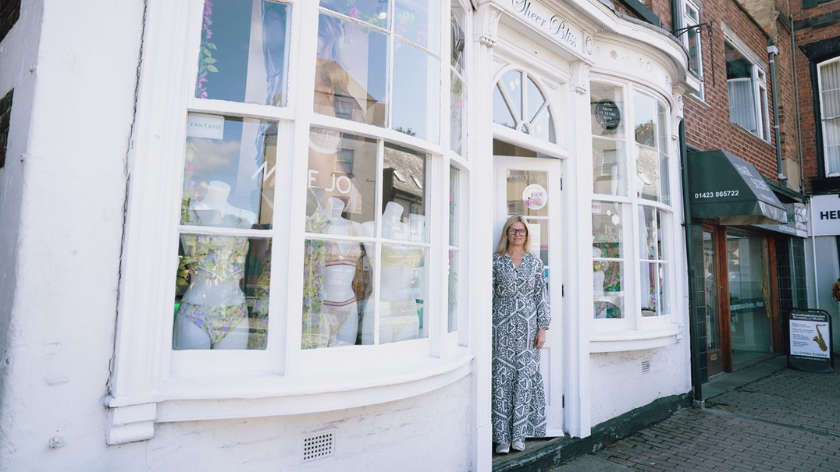 Live models to feature in Knaresborough lingerie shop window
Live models to feature in Knaresborough lingerie shop window
 Harrogate woman to run 24-hour mountain loop in memory of brother
Harrogate woman to run 24-hour mountain loop in memory of brother
 Police seek man after sleight of hand scam in Ripon
Police seek man after sleight of hand scam in Ripon
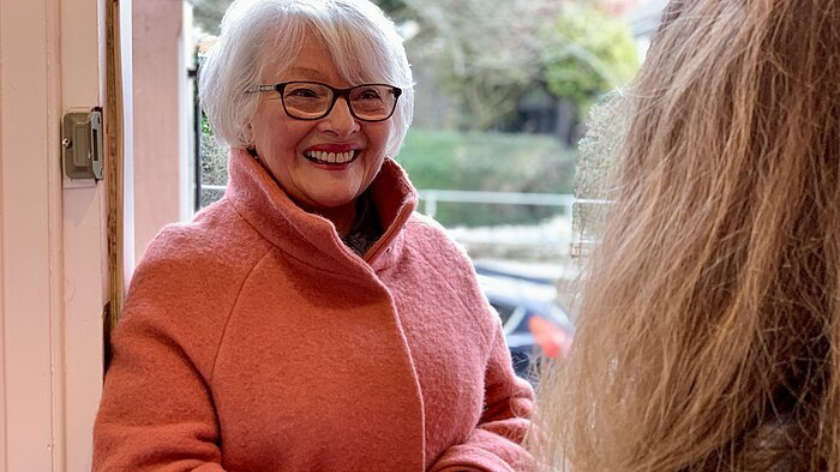 'The truth will come out' says Ripon Mayor amid warning of legal action
'The truth will come out' says Ripon Mayor amid warning of legal action
 Luxury womenswear brand to open in Harrogate next month
Luxury womenswear brand to open in Harrogate next month
 Harrogate hotel to host Michael Jackson tribute event
Harrogate hotel to host Michael Jackson tribute event
 Harrogate's Harry Gray signs professional contract with Leeds United
Harrogate's Harry Gray signs professional contract with Leeds United
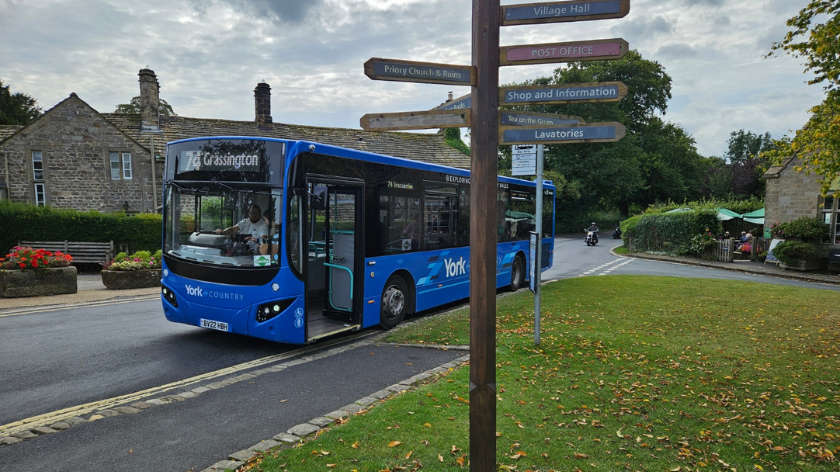 Revised timetable for Harrogate bus to the Dales
Revised timetable for Harrogate bus to the Dales
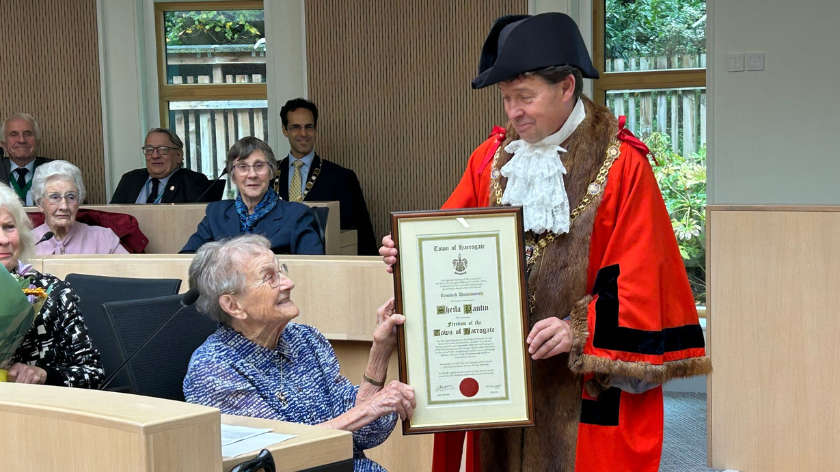 WWII veteran, 102, receives freedom of Harrogate
WWII veteran, 102, receives freedom of Harrogate
 Ripon pupils tackle gum under desks whilst fundraising for charity
Ripon pupils tackle gum under desks whilst fundraising for charity
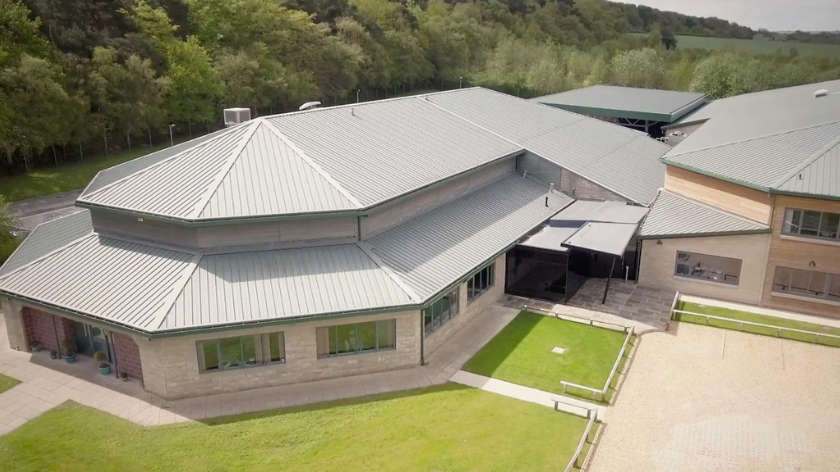 Public backs Harrogate Spring Water expansion, according to survey
Public backs Harrogate Spring Water expansion, according to survey
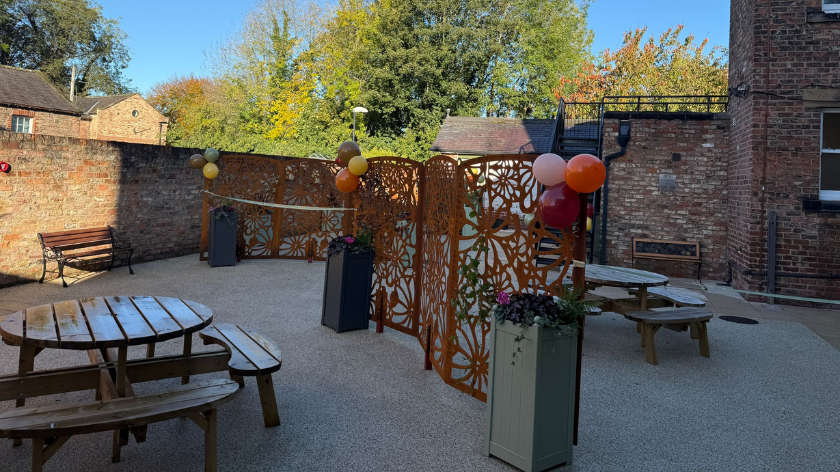 New accessible garden unveiled at Ripon Community House
New accessible garden unveiled at Ripon Community House
 New sweet shop opens on Knaresborough high street
New sweet shop opens on Knaresborough high street
 Harrogate man named as England captain for kettlebell world championships
Harrogate man named as England captain for kettlebell world championships
 Little Bird artisan markets celebrate 7th anniversary
Little Bird artisan markets celebrate 7th anniversary
 Met Office issues yellow weather warning for heavy rain and strong winds
Met Office issues yellow weather warning for heavy rain and strong winds
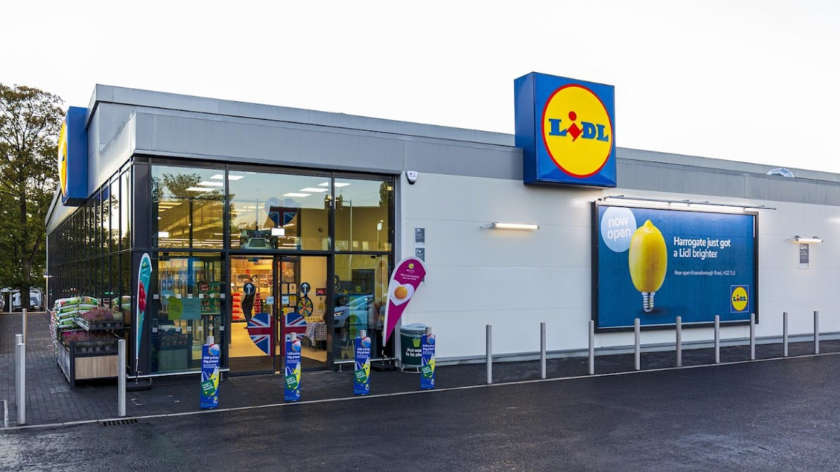 Lidl still seeking new stores in Harrogate and Ripon
Lidl still seeking new stores in Harrogate and Ripon








